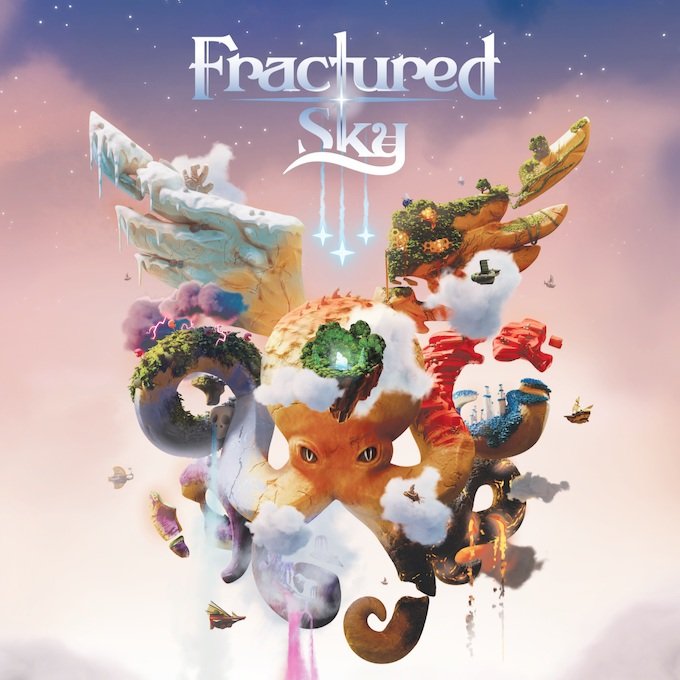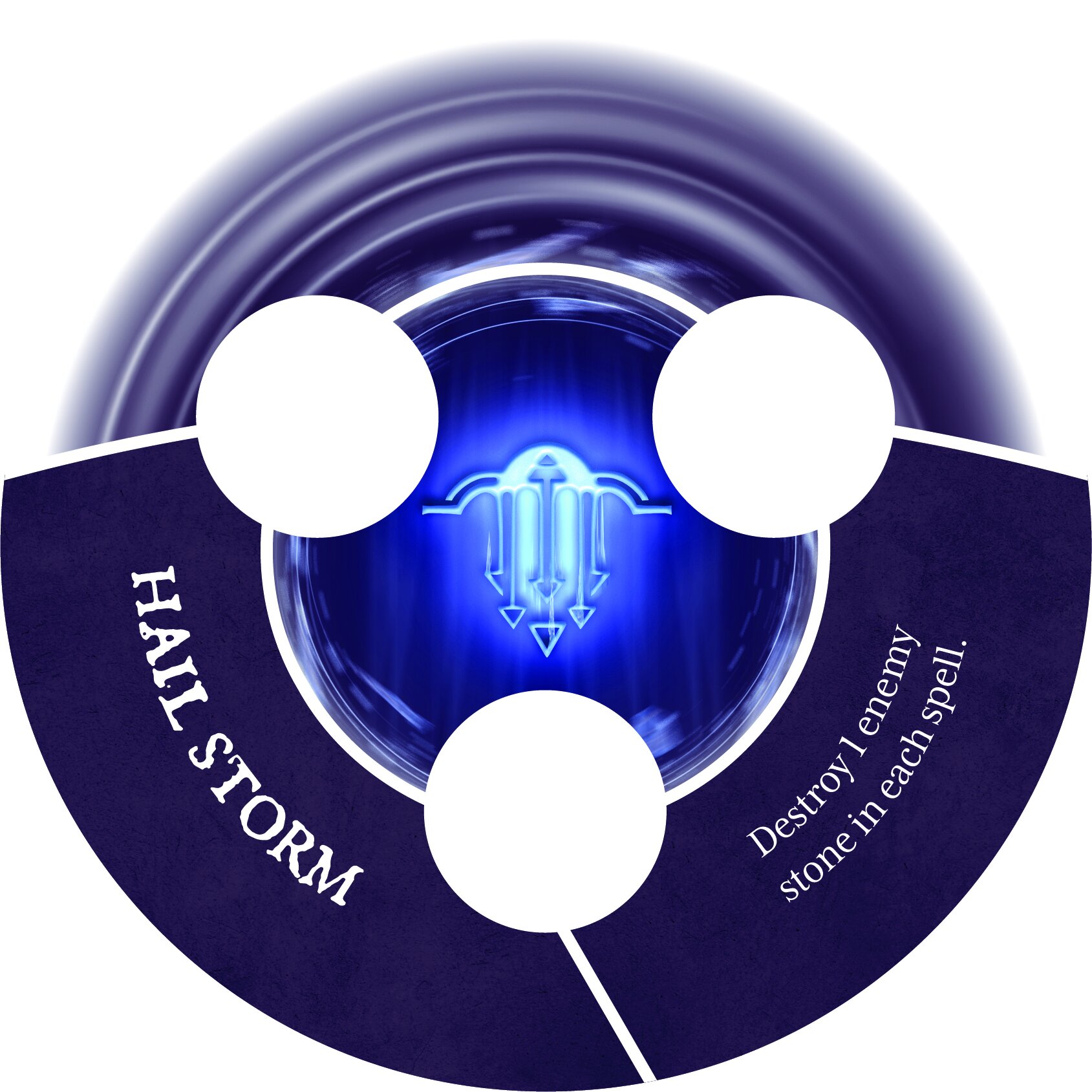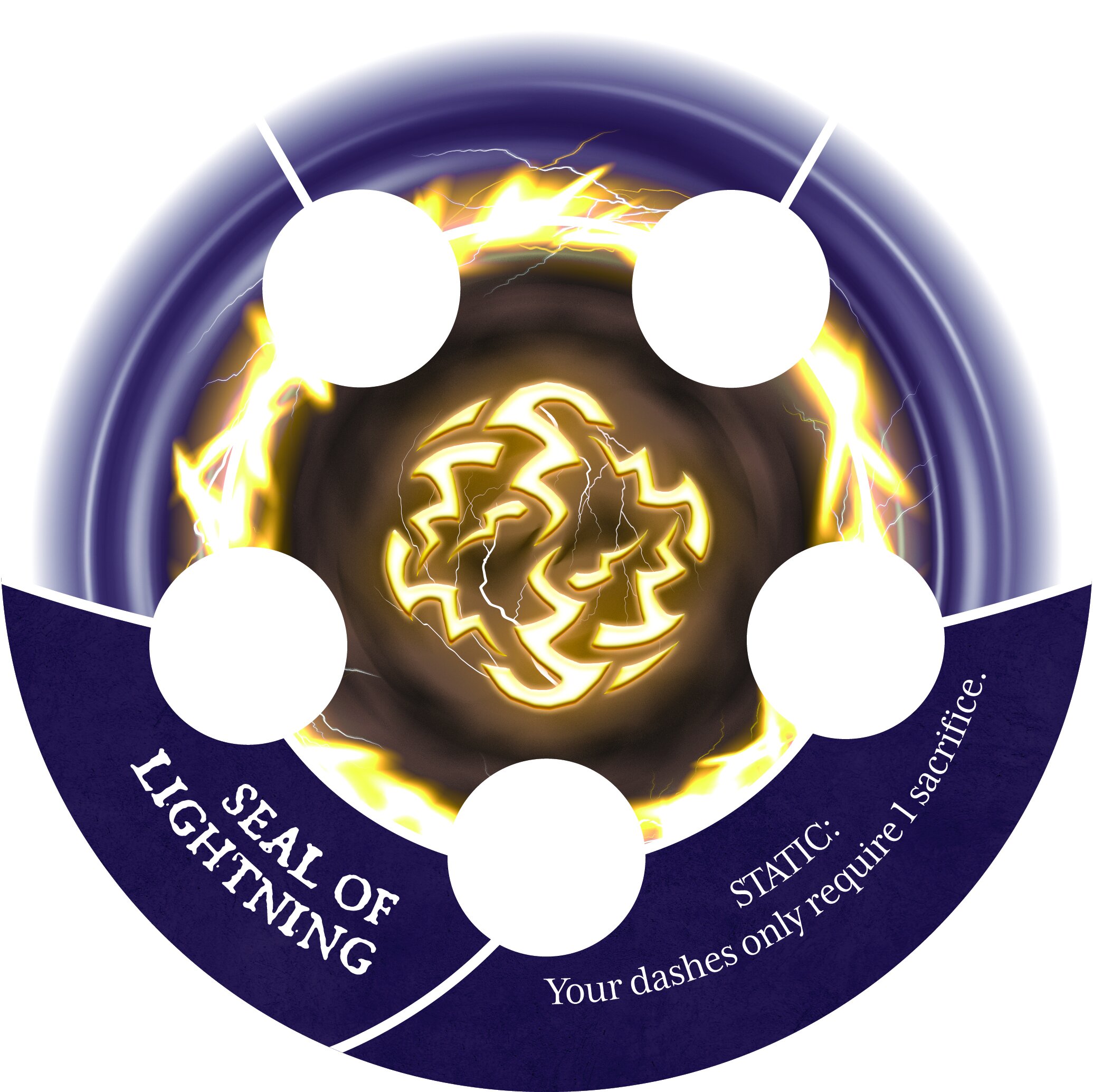Stretch Goals & Starfalls
IV Studios (the creators of Moonrakers) is foregoing traditional stretch goals in their ~$1 million Fractured Sky campaign.
This is an unusual move, and to understand it we first need to understand what stretch goals are, and why they matter.
What is a Stretch Goal?
Stretch goals are component upgrades, additional game content, or add-ons that are unlocked as a campaign reaches a higher funding level (or hits other milestones like social media stretch goals).
The theory behind them is that as a game acquires more backers and funding it starts to benefit form economies of scale. Its per game manufacture costs go down, and hopefully has outstripped the publisher’s development costs.
The base funding level of the campaign is the minimum the publisher requires to get a bare bones game made, and the stretch goals are ways to share some of the economics and upgrade the game as higher funding levels are hit.
Things Get Messy
Things are always a bit messier than the theory behind them. Often the bare bones funding goal of a campaign would still result in a loss to the publisher (something we talked about in our article Oops…), and stretch goals are more marketing focused – rather than a sharing of improved economics.
The true power of stretch goals is community campaign engagement from striving towards a stretch goal, and the power of stretch goals to tip borderline backers over the edge into backing your campaign.
In some cases, publishers withhold content that would be in any realistic version the game in order to include it as a stretch goal. This was some advice that we received (and ignored) for our Sigil campaign – doing things like holding back some portion of the base game’s 15 spells in order to have an exciting additional content stretch goal.
I like to think of stretch goals in a couple of categories:
Component upgrades (ex: black core card stock)
Additional game content (ex: playable character unlocks)
Non-game content add-ons (ex: sticker sheets included with the game)
Out of game content (ex: phone wallpapers)
While I understand game content as a stretch goal for content heavy games that are still in development (writing quests costs money), I prefer games that have a strong baseline of component quality and include stretch goals that take a game beyond what would be expected in a retail edition – add-ons like sticker sheets, super-premium stock & finishes, or even a box insert (an expensive component for the publisher).
Are Stretch Goals Powerful?
Qualitatively stretch goals seem to have at least some impact on campaign success – I noticed more activity on our Nut Hunt campaign when we were approaching stretch goals (which increases visibility). However, it is hard to really know how much of an impact stretch goals have.
My gut is that monetary stretch goals are more meaningful for smaller and moderate sized campaigns where backers understand that stretch goals are more of a sharing of economics – and the publisher doesn’t necessarily expect all goals to be hit. In this sense, I expect some backers of big (multi-hundred-thousand dollar) campaigns go into backing with the expectation that all stretch goals will be unlocked (as evidenced by big box publisher behavior of unlocking all goals after the campaign even if they weren’t hit).
In this sense, the power of stretch goals for bigger campaigns is more in the excitement they provide for the community, and the interaction they drive, rather than as an mechanism for component upgrades or additional game content.
Which brings us full circle to Fractured Sky
Starfalls
In forgoing traditional monetary (content & component upgrade) stretch goals, IV Studios has what they call “Starfall Rewards”.
Starfall Rewards are thematic hidden puzzles that backers are encouraged to solve in order to unlock art prints.
This is a really clever way to capture the benefits of stretch goals, excite and engage backers, while not needing to withhold component upgrades and game content (that IV Studios) would expect to unlock due to their existing audience size.
What are your favorite cool and unusual stretch goals?






